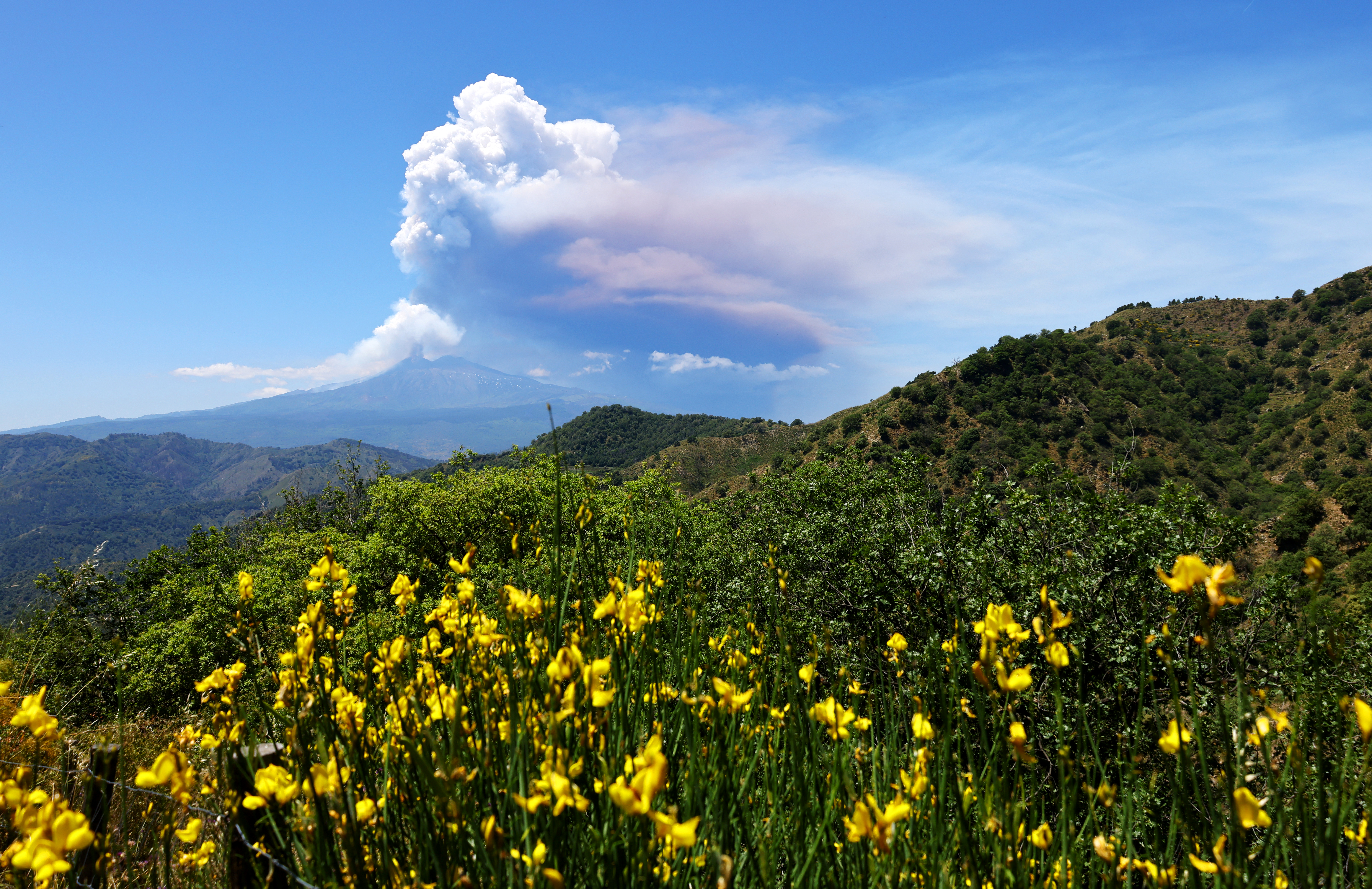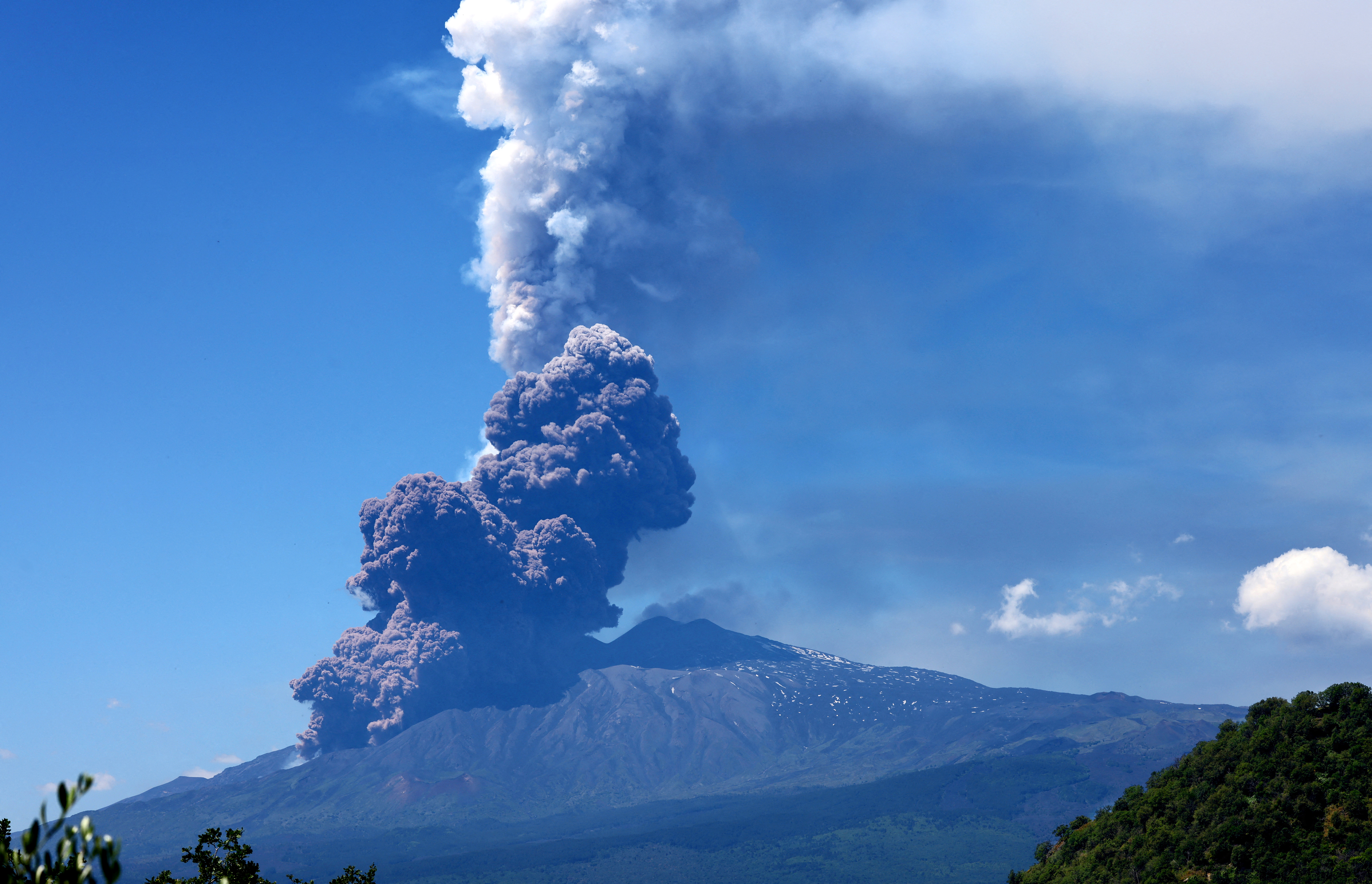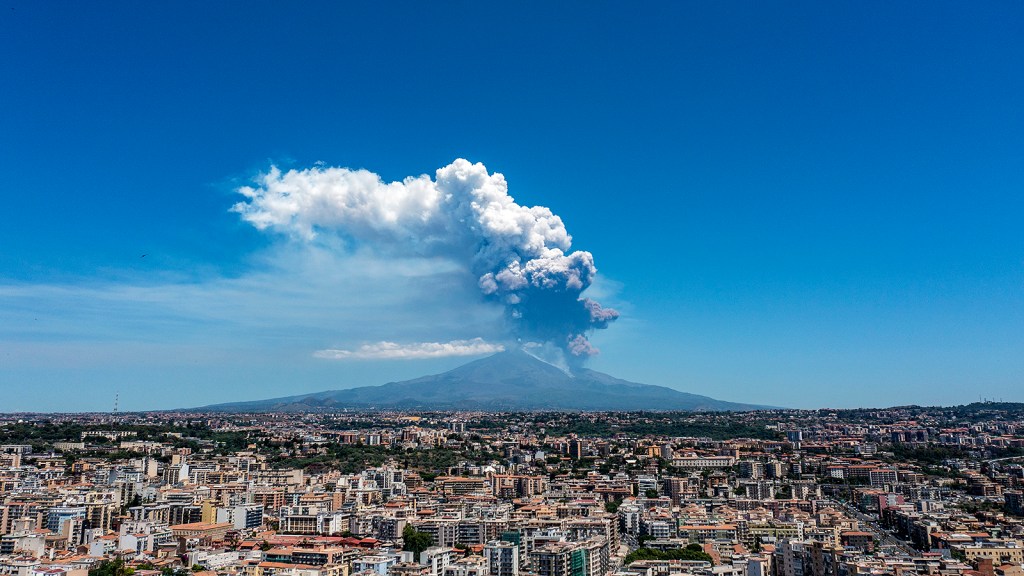Travel Safety Advisory for Sicily: Update on Mount Etna Eruption
On the morning of June 2, Mount Etna, Europe’s tallest active volcano located in Sicily, erupted. The eruption commenced around 4am local time, resulting in tourists fleeing as towering smoke clouds filled the sky. The National Institute of Geophysics and Volcanology of Italy reported an increase in intensity of the “strombolian explosions” following the initial eruption.
The Volcanic Ash Advisory Centre in Toulouse initially issued a “code red” alert for aviation due to the eruption, which was later downgraded to “orange”. Catania Airport remains operational, and there have been no immediate reports of injuries or property damage. Mount Etna’s recent activity follows its last eruption in May, with a long history of eruptions dating back to 1500BC.
If you’re planning a visit to Sicily soon, here’s essential information to consider.
Location of Mount Etna

Mount Etna, the largest volcano in Europe, is positioned on the east coast of Sicily, a Mediterranean region of Italy. It is located slightly inland, with the city of Catania to the south and the popular tourist destination of Taormina to the north. Recognized as the most active stratovolcano worldwide, it has been listed as a UNESCO World Heritage Site since 2013.
Travel Safety to Sicily

Travel to Sicily is currently deemed safe, although it’s advisable to monitor updates closely. Flights are running as scheduled, despite some delays at Catania airport. The local airspace is open, and the UK Foreign Office has not revised travel guidance in light of the eruption.
Last Eruption of Mount Etna
The most recent eruption occurred in May 2025. Eruptions at Mount Etna are relatively frequent, typically happening at least once a year. While most eruptions have minimal impact on nearby residents and towns, some have historically caused extensive damage. A significant eruption in 1971 resulted in the burial of the Etna Observatory and destruction of surrounding orchards, vineyards, and posed threats to nearby villages.




Post Comment